1968 Ford GT40 Gulf/Mirage Lightweight
Offered by RM Auctions | Monterey California | August 17, 2012

The genesis of the Ford GT40 is a well-known story. Henry Ford II wanted Ferrari. Enzo said no. Ford set out to destroy them on the track – and succeeded brilliantly. The Gulf-Mirage story isn’t quite as popular, but it’s just as interesting.
While the GT40 was conceived and designed in Dearborn, it was built in England by Ford Advanced Vehicles (FAV). After the 1967 season, Ford cancelled the project, effectively ending FAV. A number of road-going models (as well as race cars) had already been produced.
The head of FAV was John Wyer, a former race engineer and team manager. He was actually the team owner of the winning 1959 24 Hours of Le Mans team – when Carroll Shelby, head of the GT40 race team, was driving. Anyway, when FAV was scuttled, Wyer stepped up and reformed it as John Wyer Automotive Engineering (JWAE).
One of the customers of the road-going cars happened to be Grady Davis, Vice-President of Gulf Oil. He liked the car and thought it might be a good platform to carry the Gulf Oil name in competition. He funded JWAE to build race cars specifically for the purpose. These cars were badged as “Mirage”s.
Wyer based the first Mirage prototype (the M1) very closely on the, unsuccessful in competition, Mk I GT40. The car you see here was the third of three lightweight Mirage M1 race cars built. The Mirage M1 was competing against the very successful Ford’s Mk II and Mk IV GT40s in 1967. When the 1968 rules were announced, Ford pulled out of the GT40 project and it was left to privateer teams. Wyer found a curious loophole: prototypes would be limited to 3.0-liters while sportscars (with at least 50 road version having been constructed) were allowed 5.0-liters. Wyer took the Mirage M1 cars back to Slough, where JWAE was based, and converted two of them to GT40s.
Now Wyer had quite a car on his hands. These “Mk I” GT40s (built after the Mk II, III and IVs) won the 1968 and 1969 24 Hours of Le Mans. The competition history of this car, Mirage M.10003/Ford GT40 P/1074, is as follows:
- 1967 1000km Spa (as a Mirage M1) – 1st (with Jacky Ickx and Dick Thompson)
- 1967 24 Hours of Le Mans – 47th, DNF (with Ickx and Brian Muir)
- 1967 BOAC 500 (Brands Hatch) – DNF (with Thompson and Pedro Rodríguez)
- 1967 1000km Paris at Montlhéry – 1st (with Ickx and Thompson)
- 1968 Daytona 24 Hours (as GT40) – 33rd, DNF (with Paul Hawkins and David Hobbs)
- 1968 12 Hours of Sebring – 28th (with Hawkins and Hobbs)
- 1968 1000km Monza – 1st (with Hawkins and Hobbs)
- 1968 1000km Nürburgring – 6th (with Hobbs and Brian Redman)
- 1968 Six Hours of Watkins Glen – 2nd (with Hawkins and Hobbs)
- 1968 24 Hours of Le Mans – 34th, DNF (with Hawkins and Hobbs)
- 1968 1000km of Paris at Montlhéry – 8th (with Jean Blaton & Hughes de Fierlandt)
- 1969 BOAC 500 (Brands Hatch) – 5th (with Hobbs and Mike Hailwood)
Perhaps, one of this car’s more interesting assignments was that of camera car for the 1971 film Le Mans starring Steve McQueen. The roof was cut away and heavy 1960s-era 35mm cameras were installed. The car was driven at speeds up to 150 mph with a daring camera operator in the passenger seat. The car made runs of the pit lane prior to the start of the 1970 24 Hours of Le Mans for filming. Whether or not it ran during the race, however, is unknown.
The car passed through a few hands, being reconstructed as a GT40 in the 1970s and restored again in 1983. The most recent restoration was completed in 2002. Behind the driver sits a 440 horsepower Ford 289 V8. And all around the driver shines the brilliant blue/marigold Gulf colors that gives this car away as something truly special. The original Mirage M1 bodywork is included with the car.
If a Ford GT40 is a car you feel you must own, there is perhaps no other example, save for the Le Mans-winning Mk IV sitting in the Henry Ford Museum, that you should rather have than this. RM listed the estimate as “available upon request” – hinting that if you need even inquire, it is out of your reach. Expect it to go for millions. For the complete description, click here. And for more from RM in Monterey, click here.
Update: Sold $11,000,000.

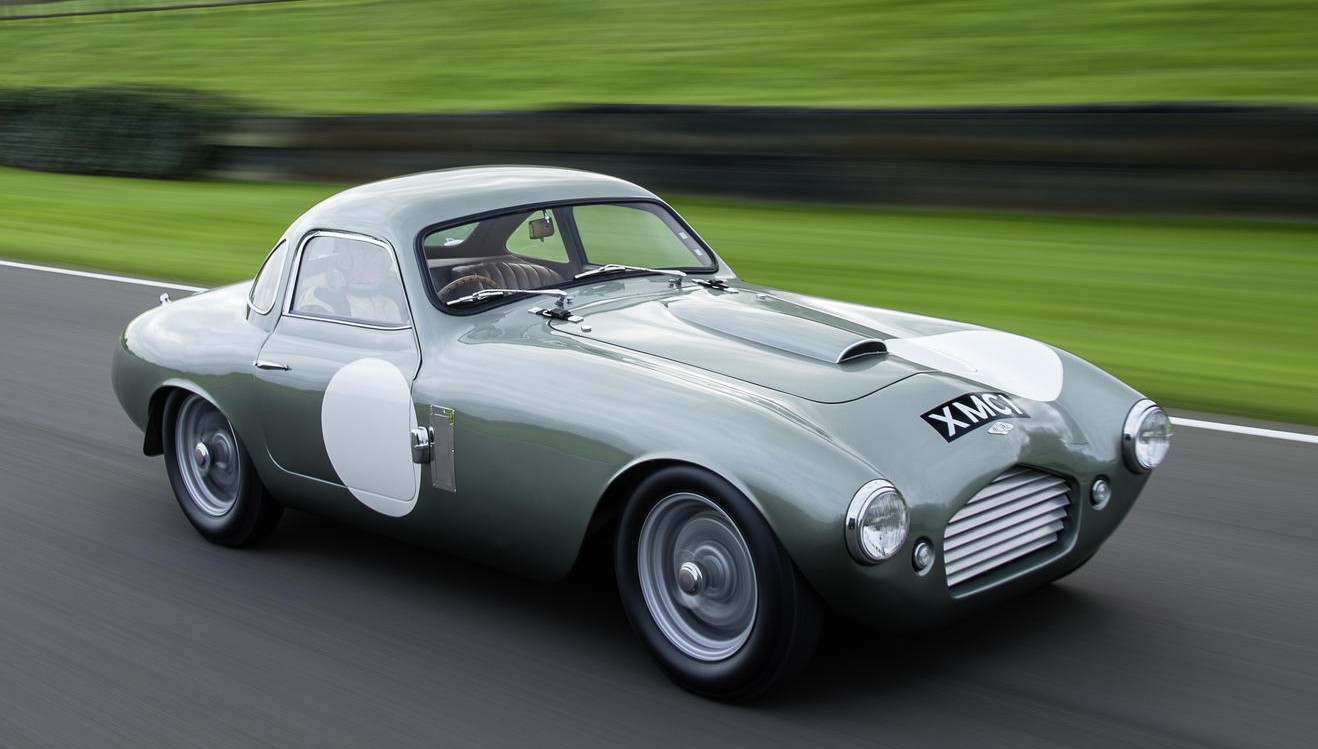
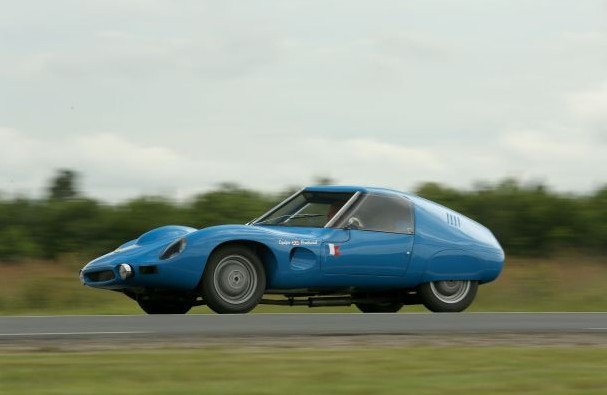
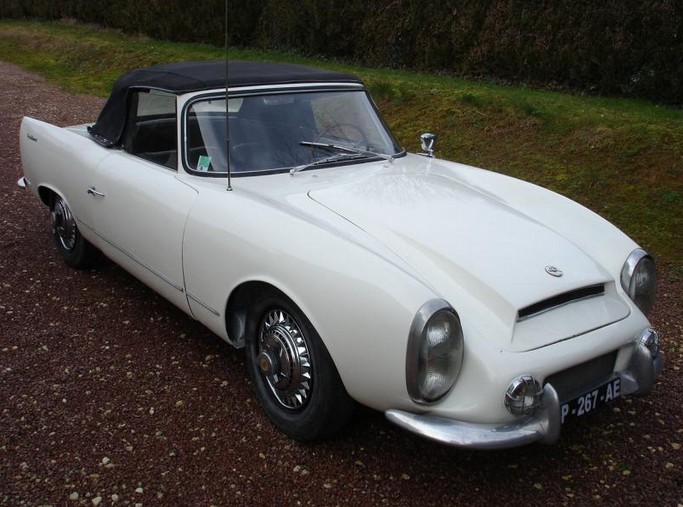
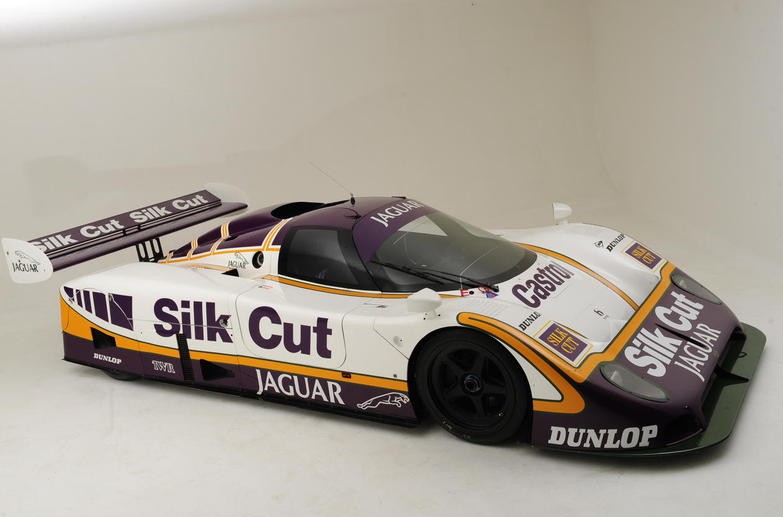
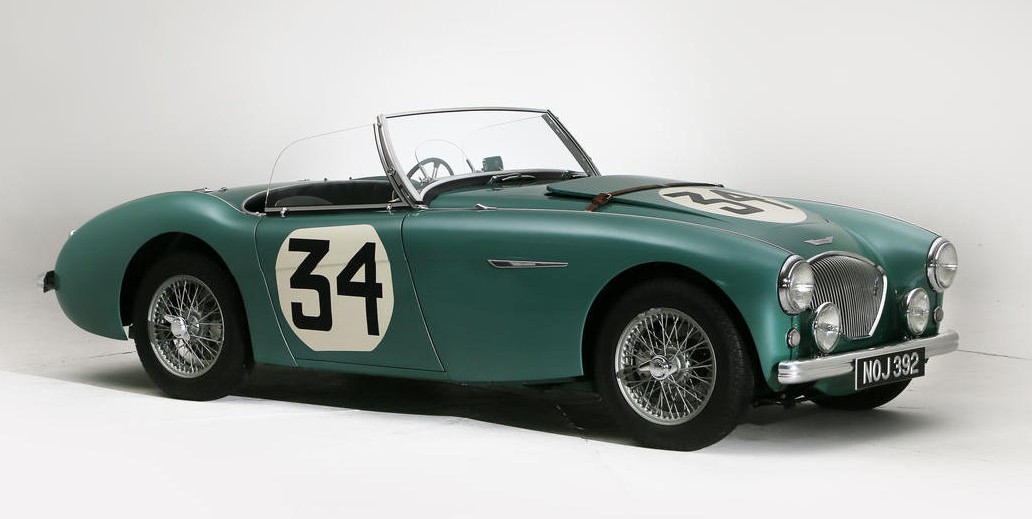


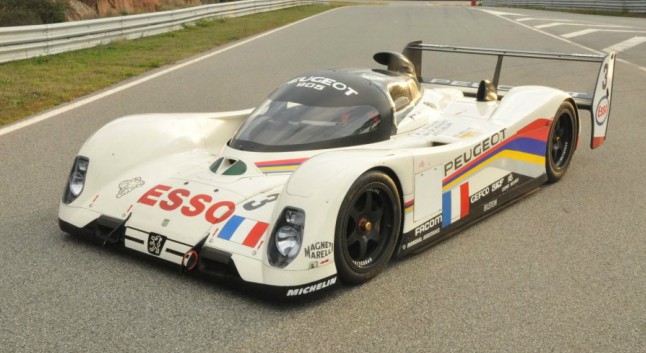
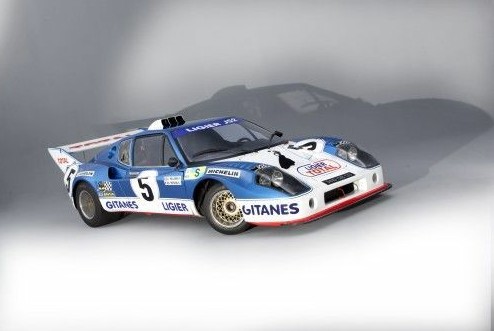
 Oh boy. This is one of my all-time favorite cars. A few months ago we featured this car’s largest rival – the
Oh boy. This is one of my all-time favorite cars. A few months ago we featured this car’s largest rival – the